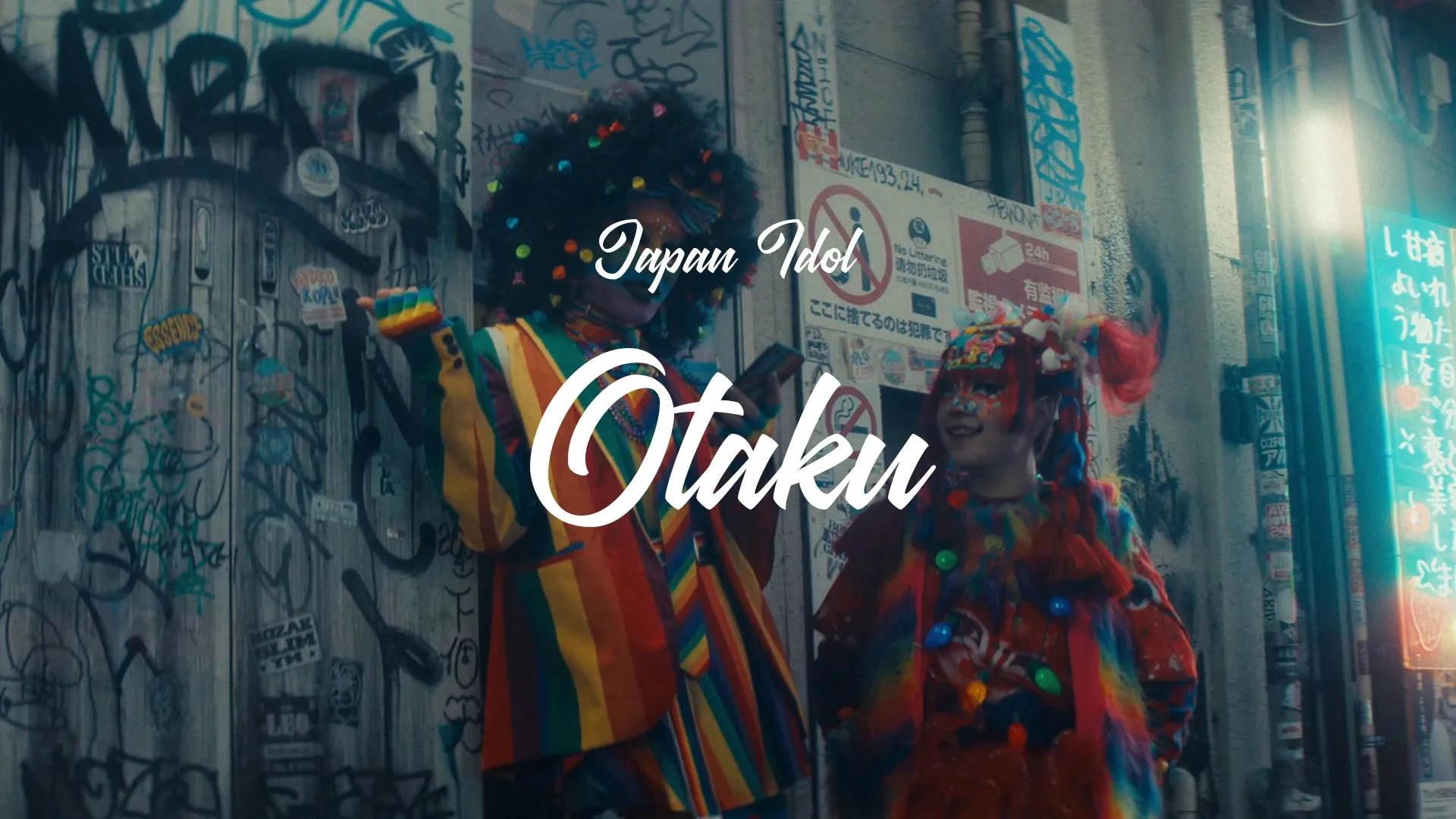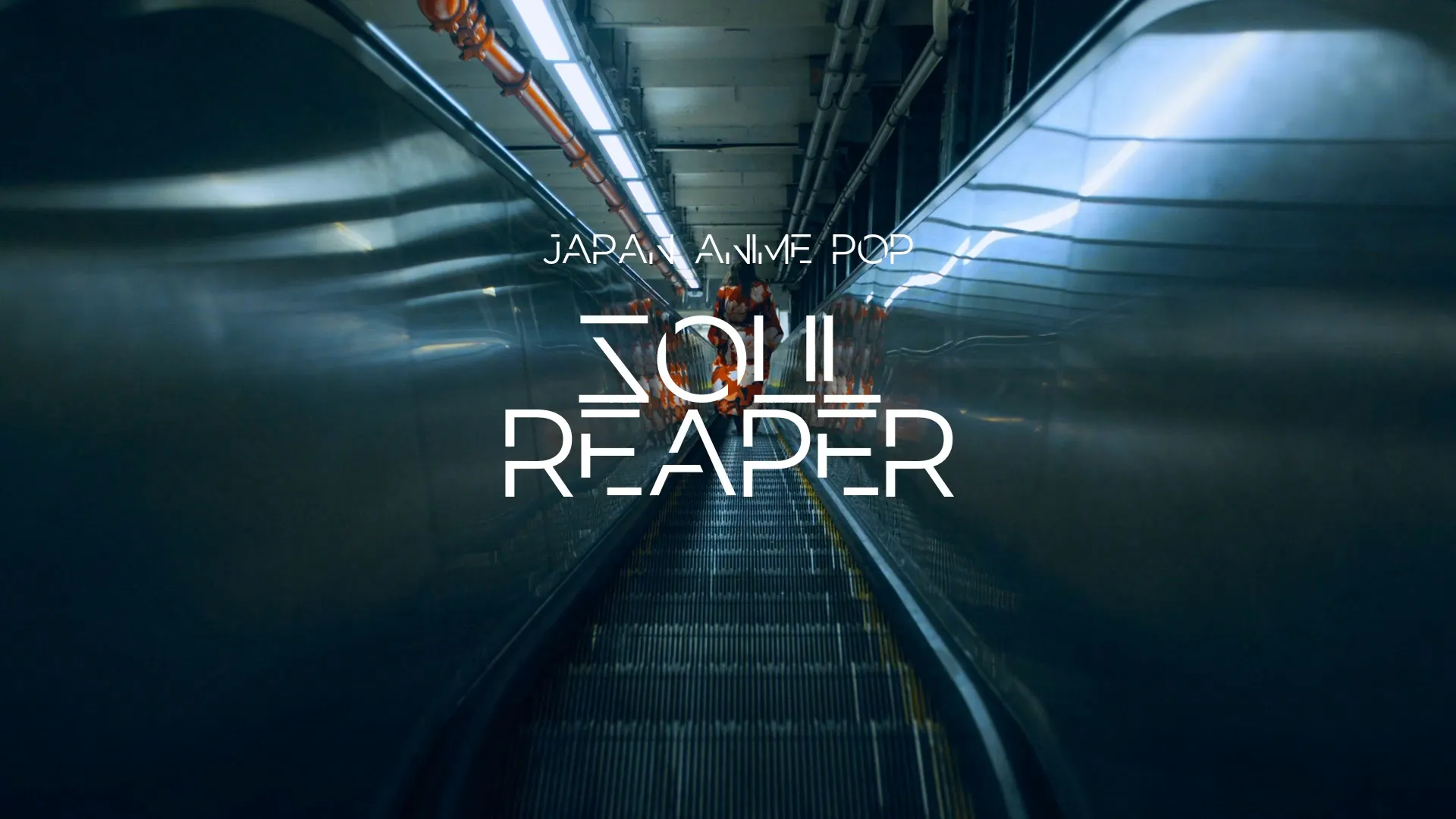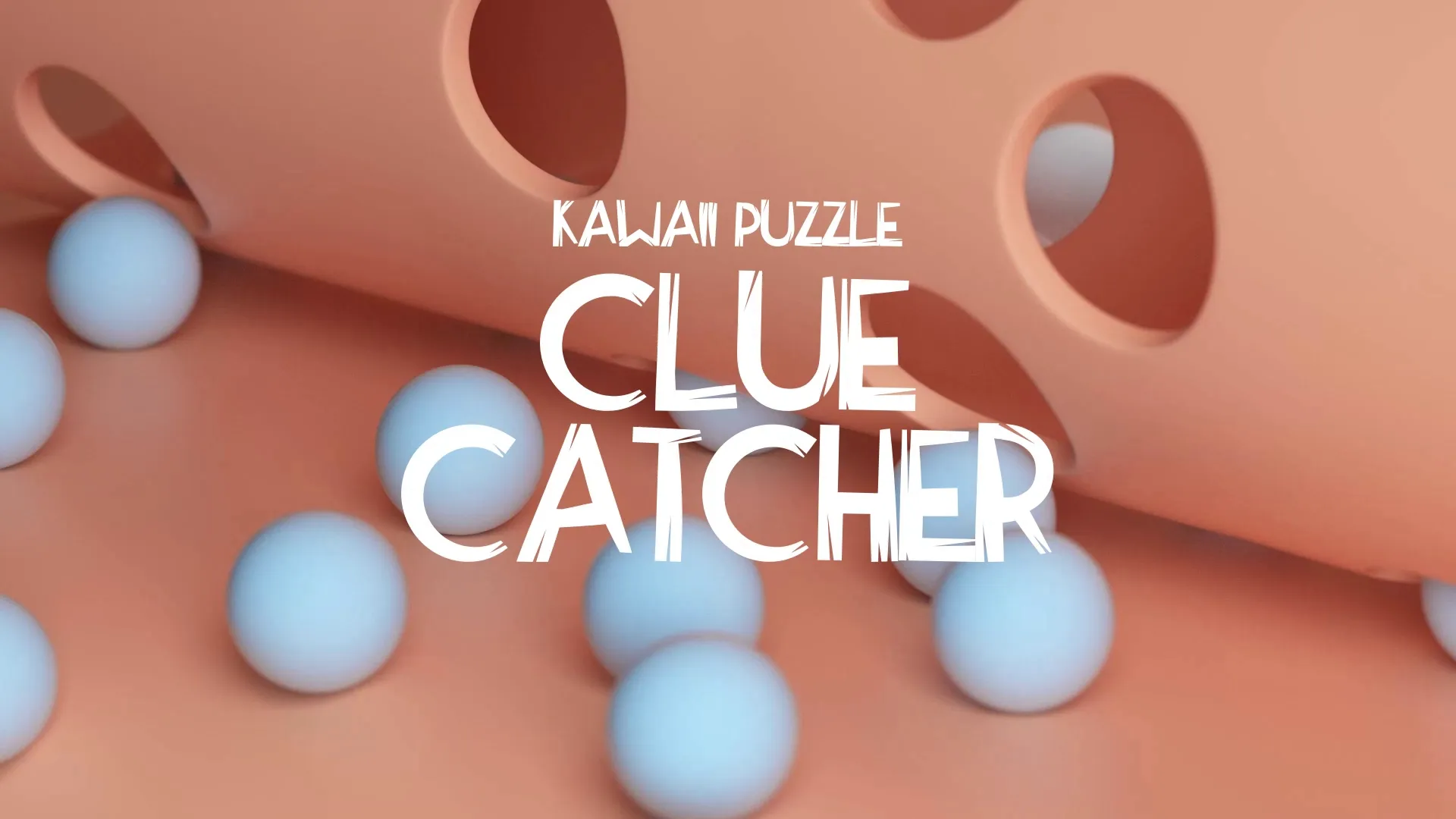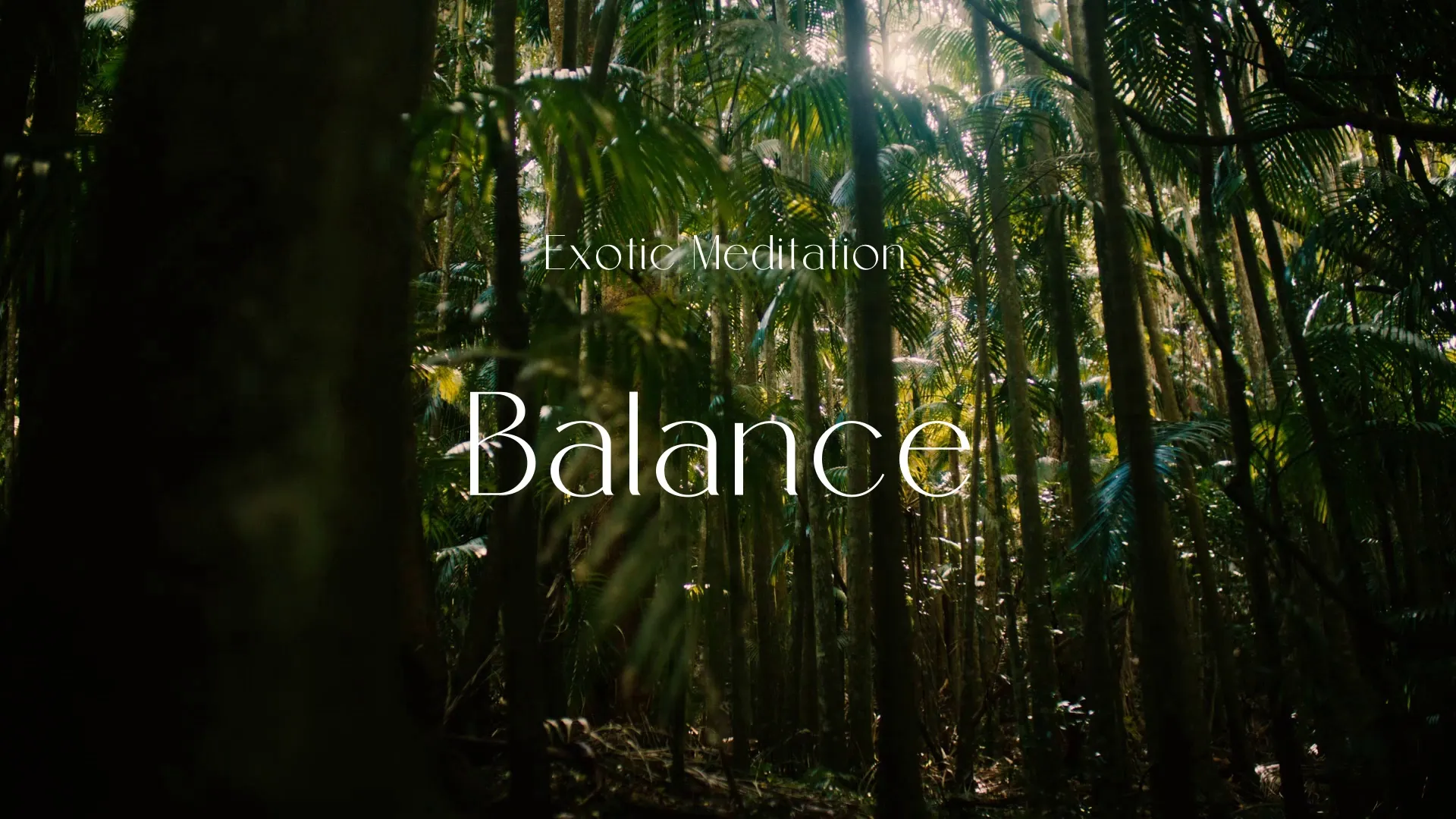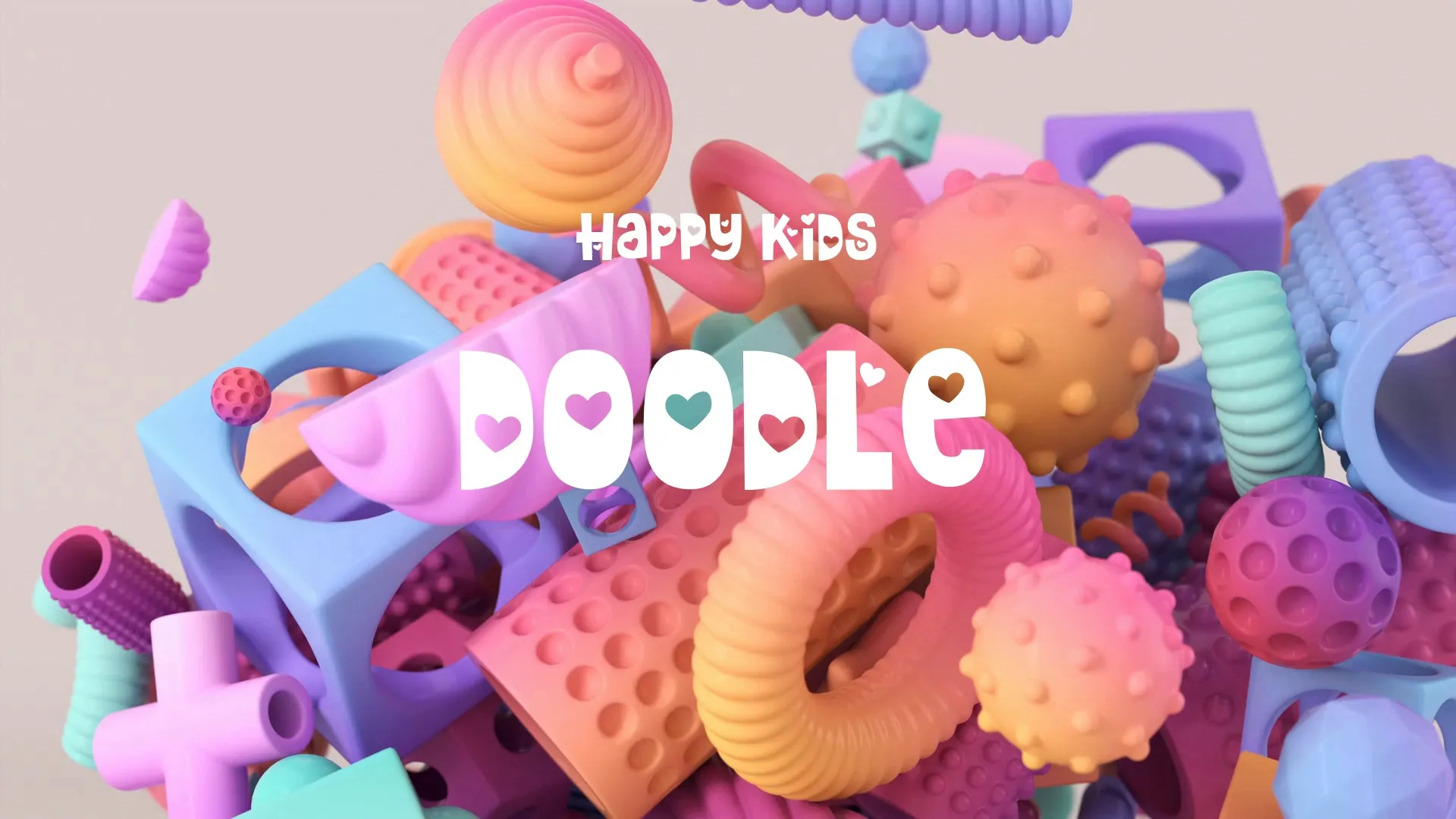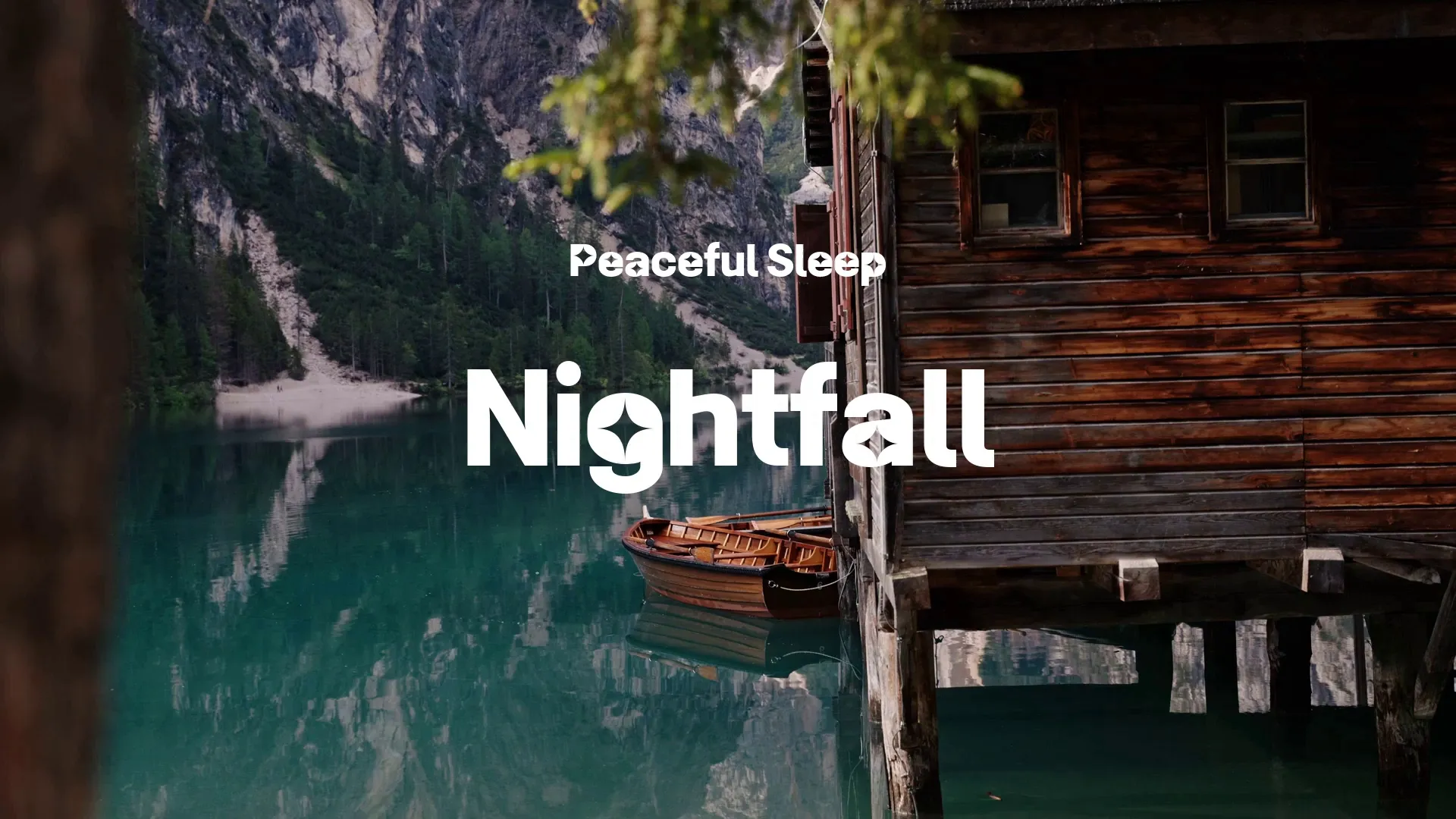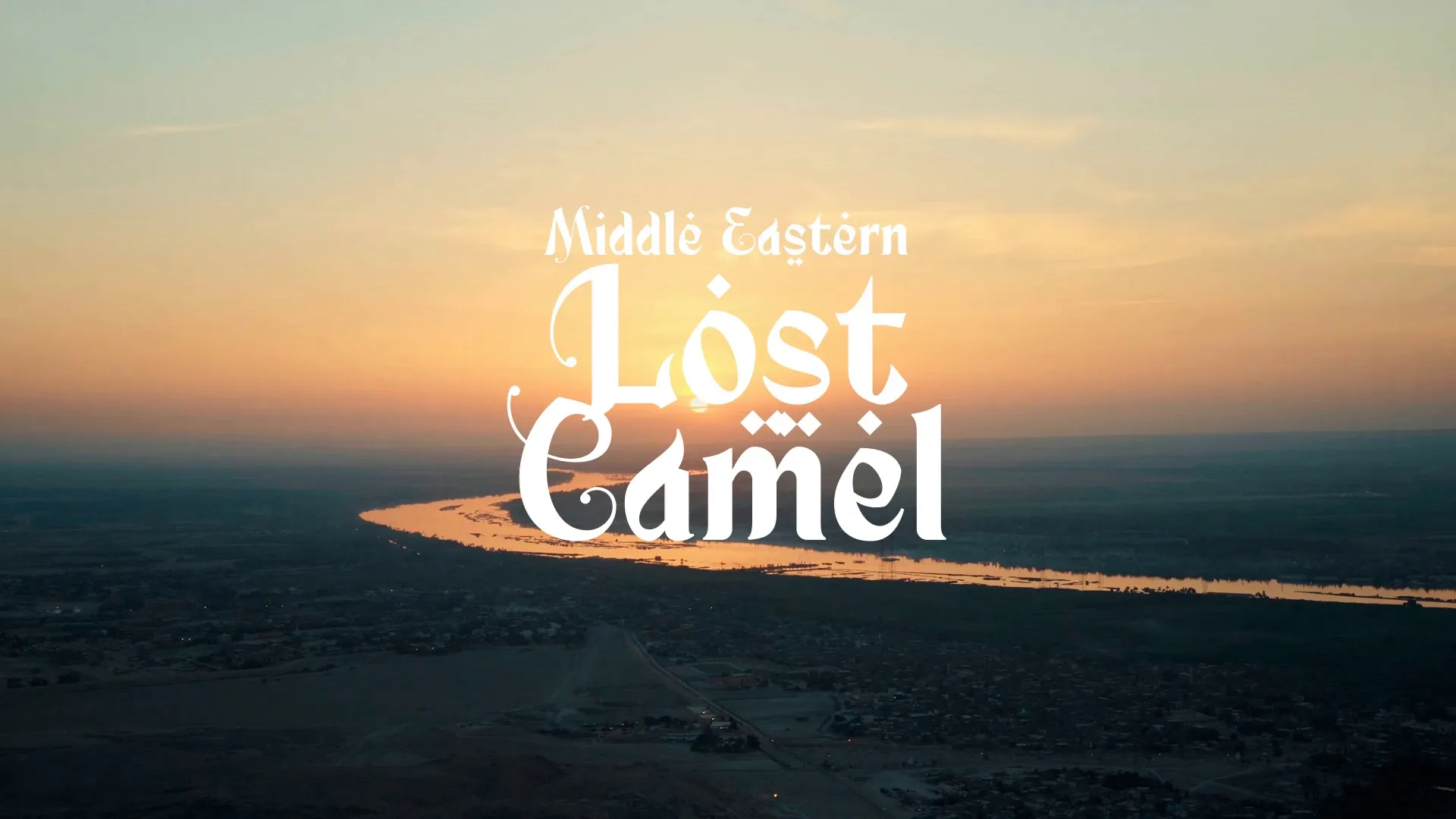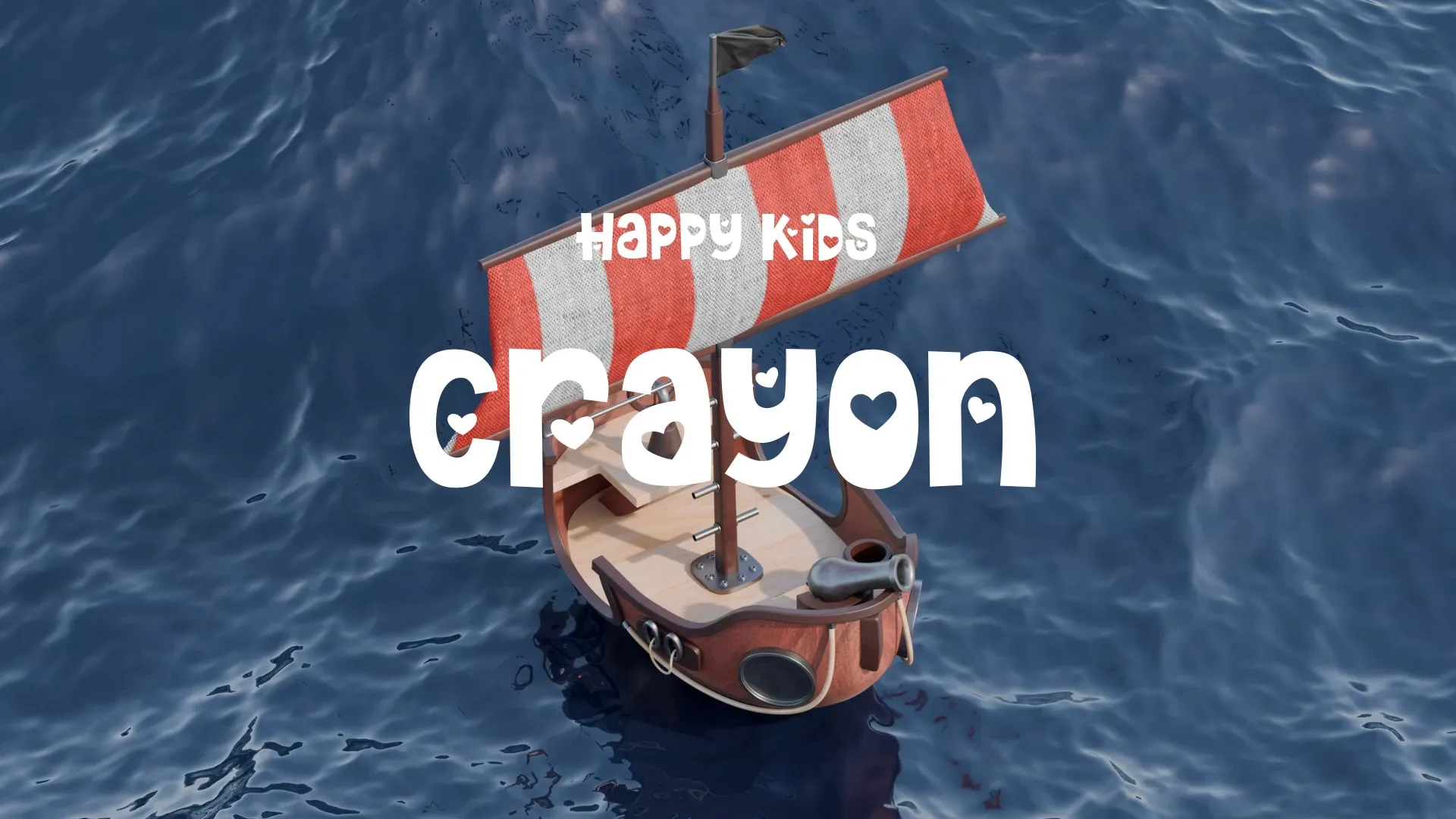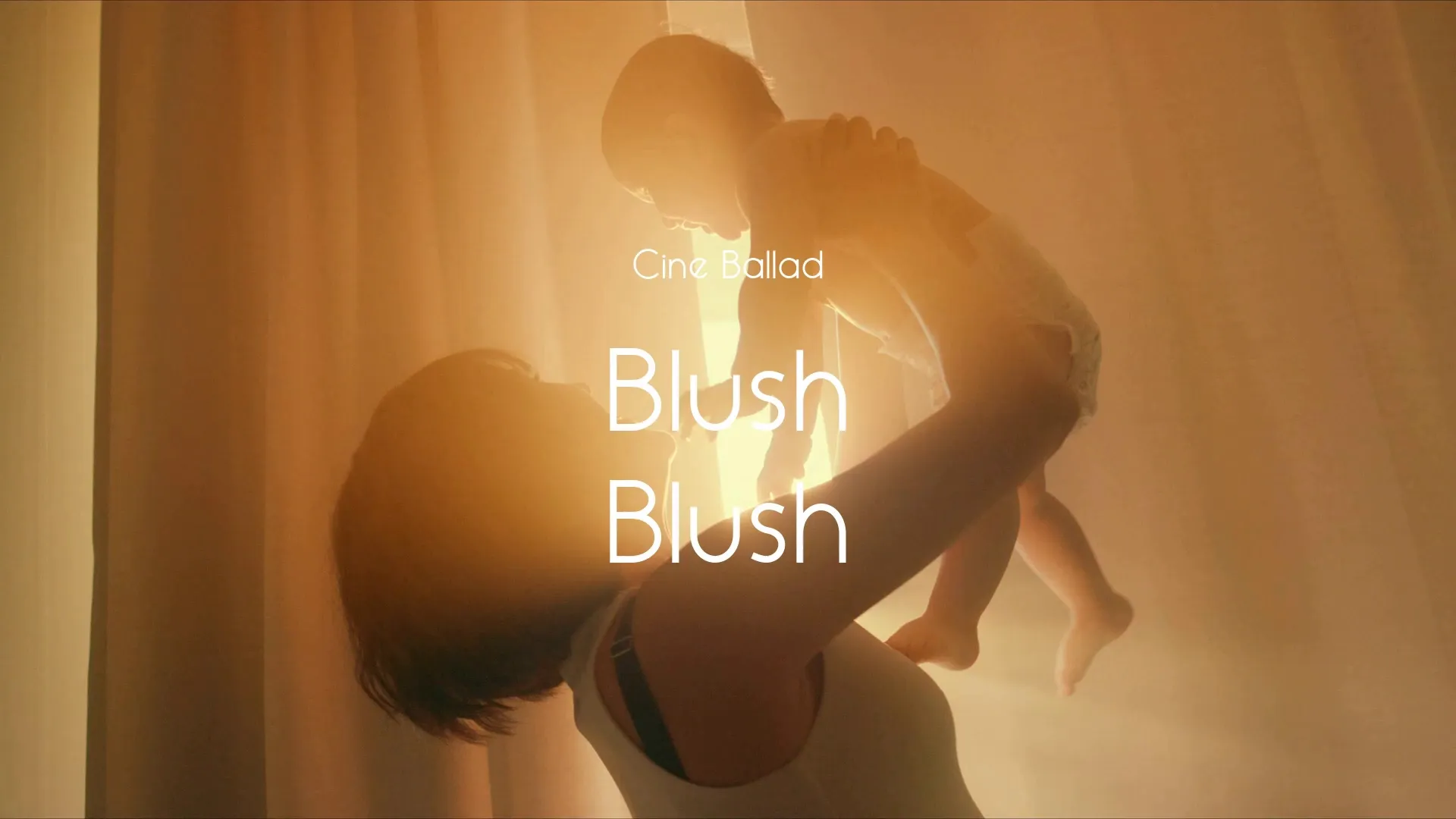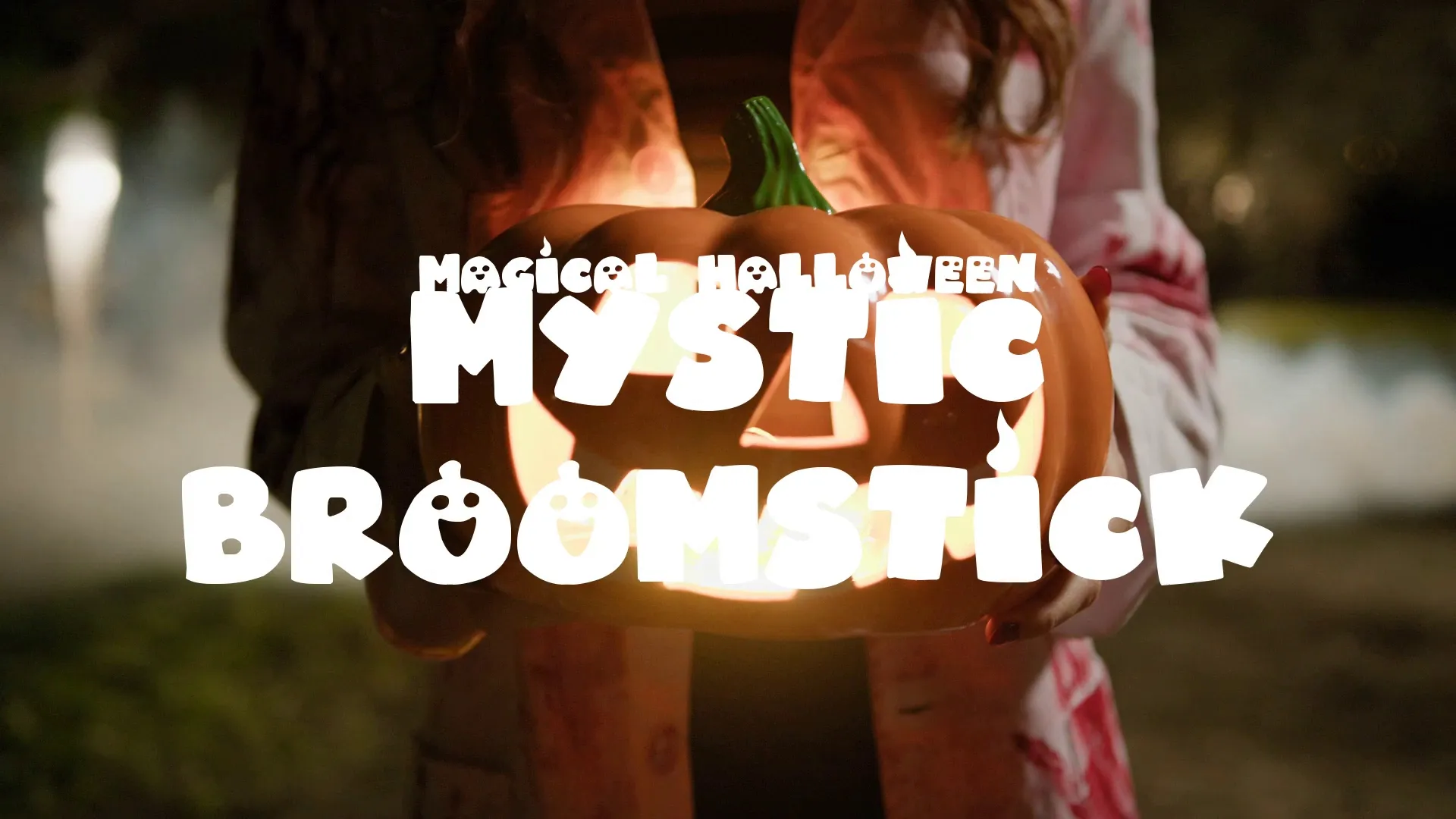Tooling Bloat: How to Escape the Hydra-Headed Beast in Indie Game Dev
The air in your indie game studio hangs thick with the scent of burnt coffee and the faint hum of your overtaxed computer. Deadlines loom like colossal, pixelated bosses. But the real monster isn’t in your game; it’s the hydra-headed beast of tooling bloat strangling your creativity and draining your precious resources.
Let’s cut to the chase. We’re here to talk about how to wield Occam’s Razor against the avalanche of software, services, and “essential” tools that are crushing the souls of indie developers. I sat down with Elias Thorne, a veteran indie dev who clawed his way out of the tooling trap, to get his brutally honest perspective.
The Interview: Escaping the Tooling Trap
Q: Elias, thanks for being so candid. Let’s start with the elephant in the room: what is tooling bloat, exactly, and why is it such a plague on indie game development?
A: Imagine you’re a sculptor. You need a chisel and a hammer. Instead, someone hands you a Swiss Army knife with 87 different attachments, most of which are useless for sculpting. That’s tooling bloat. It’s the accumulation of software, services, plugins, and platforms that promise efficiency but ultimately bog you down in complexity, subscriptions, and endless tutorials.
For indie devs, who are often wearing all the hats, it’s particularly insidious. You’re not just coding; you’re doing marketing, community management, asset creation, and a million other things. Each task seems to demand a “perfect” tool, and before you know it, you’re drowning in a sea of half-used subscriptions and convoluted workflows. This scattered focus is killer.
Q: It’s a familiar nightmare. What are the most common manifestations of this bloat, in your experience?
A: Oh, where do I even begin? First, there’s the Shiny Object Syndrome. A new engine, a cutting-edge animation tool, a revolutionary marketing platform—the allure is strong. You spend weeks learning it, only to realize it doesn’t really fit your needs, or it becomes obsolete in six months. Wasted time.
Then, there’s the Subscription Vortex. A dollar here, five dollars there…suddenly, you’re paying hundreds a month for tools you barely use. It’s like death by a thousand papercuts. Take, for instance, the Adobe Creative Suite for a programmer. You might need Photoshop occasionally, but are you really leveraging the entire suite to justify the cost? Probably not.
And let’s not forget the Plugin Pandemic. You need a simple feature, and instead of coding it yourself (which would take an hour), you install a plugin that adds 50 dependencies and slows your entire project to a crawl. Every plugin is a potential point of failure, a security risk, and a maintenance burden. Think of it like adding Christmas lights to an already overloaded circuit – something is bound to blow.
Q: You paint a grim picture. What are the consequences of this bloat? Beyond the financial strain, what impact does it have on the creative process and the well-being of indie developers?
A: The consequences are devastating. First, creativity dies. You’re so busy wrestling with your tools that you don’t have time to actually create. The joy of making games is replaced by the frustration of managing software. It’s like trying to paint a masterpiece with a brush made of spaghetti.
Second, burnout accelerates. Indie development is already a marathon, not a sprint. Tooling bloat adds unnecessary hurdles, turning that marathon into an obstacle course filled with technical debt and licensing nightmares. The constant context-switching between different tools drains your mental energy and leads to fatigue. Many give up.
Third, projects stagnate. The more complex your toolchain becomes, the harder it is to maintain and iterate on your game. Simple changes become monumental tasks. Feature creep sets in as you try to justify the use of your expensive tools. The project becomes a bloated Frankenstein’s monster, and you lose all motivation to finish it. A simpler toolset allows for quicker iteration.
Create a free account, or log in.
Gain access to free articles, game development tools, and game assets.




